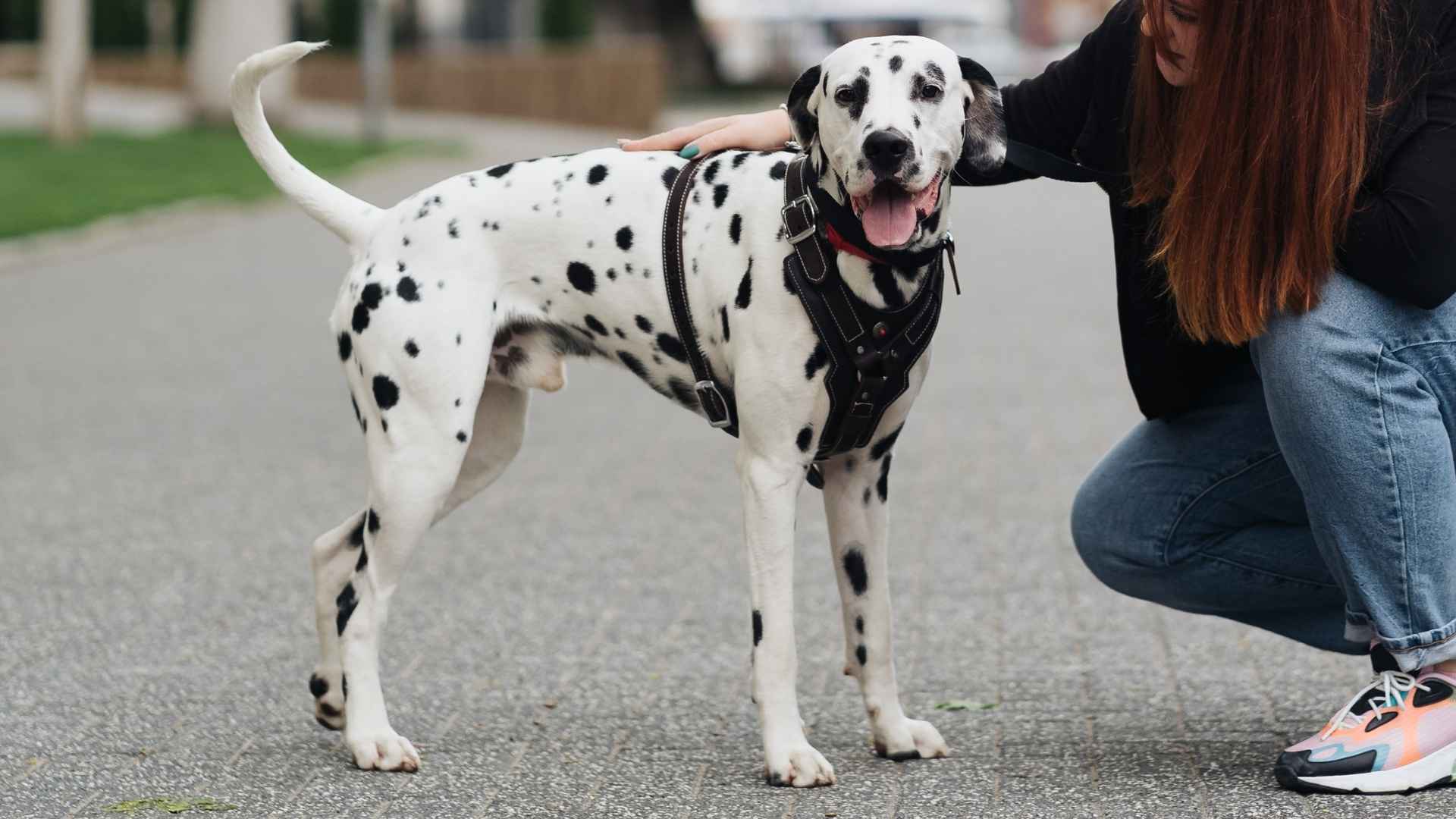Did you know some of the most lovable dogs are also the shortest-lived? It’s the bittersweet reality of big paws and even bigger hearts.
These cuddly giants and gentle goofballs bring joy, chaos, and slobbery kisses—but not for long. Blame it on their size, genetics, or just life-playing favorites.
Despite their short time with us, they pack a lifetime of loyalty into just a few years. Think of them as the rockstars of the dog world—living fast, loving hard, and leaving a legacy of fur on your couch.
Whether you’re a seasoned dog parent or just a sucker for sad puppy eyes, these breeds deserve a special kind of love (and probably a drool-proof couch cover).
In this article, we’ll dive into what makes them special, how to care for them, and how to make their short lives nothing short of extraordinary.
7 Extremely Short-Lived Dog Breeds
1. Dogue de Bordeaux – ~5 to 8 years
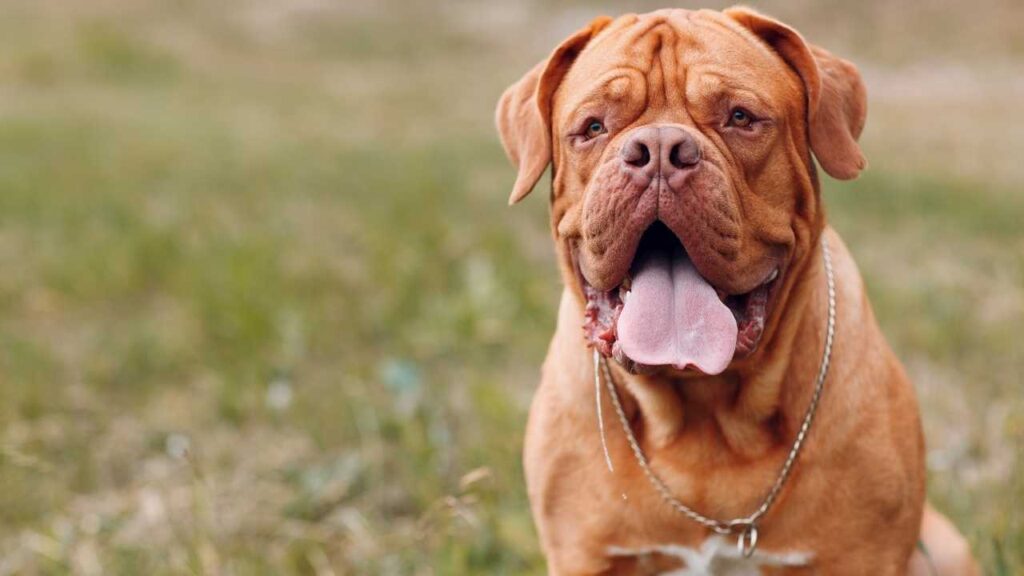
Built like a tank and drools like a fountain, this big dog’s heart is as massive as its head. With a noble French lineage dating back centuries, the Dogue de Bordeaux has long guarded homes—and couches—from invaders, snacks, and personal space.
According to AKC, despite its strength, this breed is a gentle giant. They’re famously loyal and surprisingly sensitive, like a bodybuilder who cries during dog movies. But their life expectancy is heartbreakingly short—an unfortunate trait of larger dogs.
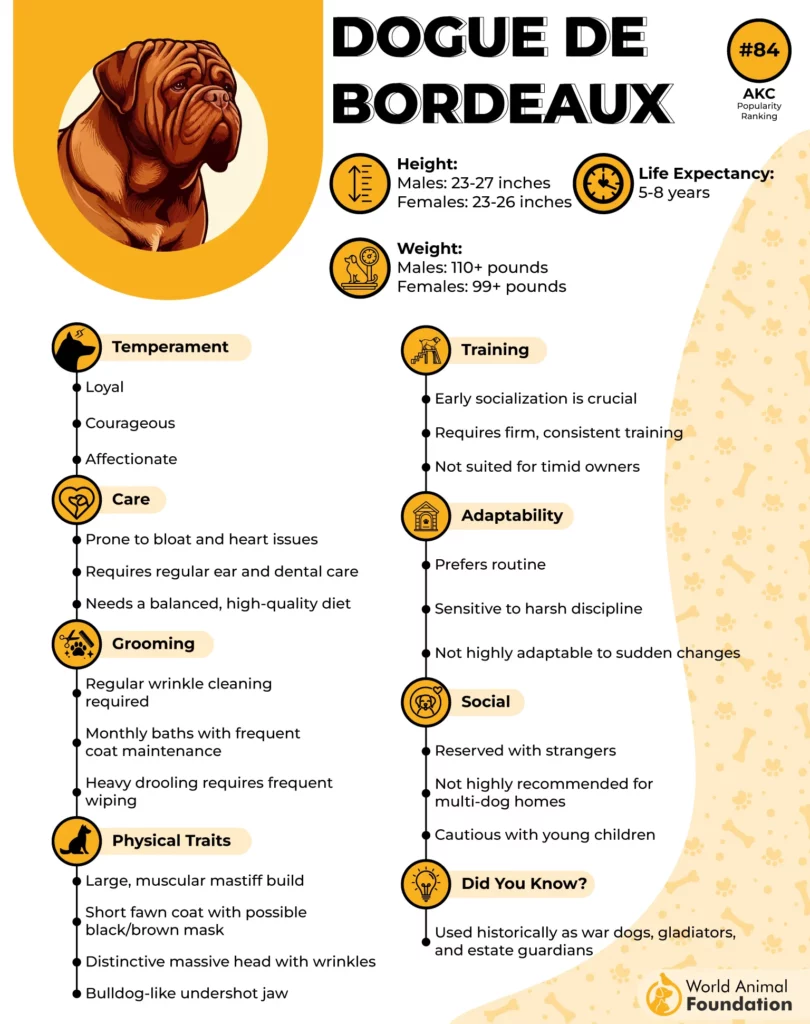
Their slow metabolism means they’re not marathon runners. A daily walk and a comfy bed are their vibe. But don’t skip exercise, or you’ll have 140 pounds of snoring laziness parked in your living room.
They need a balanced diet with joint-support supplements and proteins to keep those bulky frames healthy. Skip the table scraps—no matter how convincing the puppy eyes.
This breed is at higher risk for heart disease, bone cancer, and gastric torsion, so regular veterinary checkups are a must. Don’t wait until something’s wrong—they’re masters of hiding it.
Grooming is refreshingly easy: a good brush, ear checks, and wiping that signature slobber off every surface you own.
Still, one look from those wrinkled eyes and you’re hopelessly in love. Too soon? Always.
2. Irish Wolfhound – ~6 to 8 years
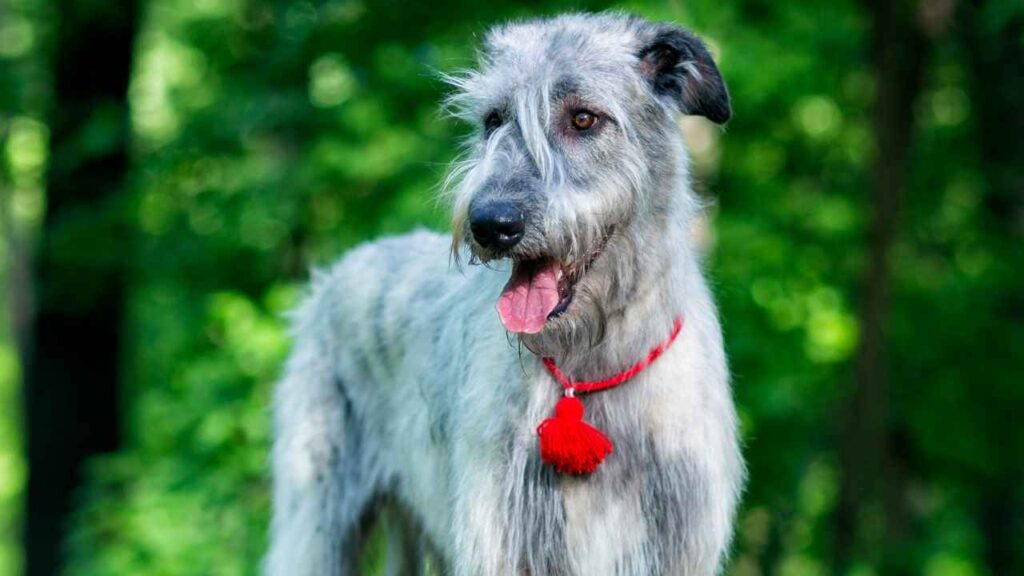
They might look like they could battle dragons, but Irish Wolfhounds are more poet than warrior. Known as gentle giants, these lanky legends are surprisingly quiet, affectionate, and sofa-hogging.
Historically bred to chase down wolves (yes, really), their long legs and calm demeanor make them oddly regal. But despite their impressive stature, their average lifespan is among the shortest of large breeds.
Wolfhounds thrive on love, space, and snacks—not necessarily in that order. They don’t need intense exercise, but daily strolls keep their joints from staging a protest.

Due to their size, they’re prone to joint problems, heart issues, and cancer, especially bone cancer. Owners need to provide proper veterinary care and monitor for early signs.
Their diet should support lean muscle, joint health, and that impossibly long tail that knocks over everything. Think quality dog food, not pizza crusts.
Grooming? Low maintenance. Personality? High charm. They’re the emotional support animal you didn’t know you needed—until they’re gone too soon.
But while they’re here, their love is big enough to fill a castle.
3. Great Dane – ~6 to 8 years
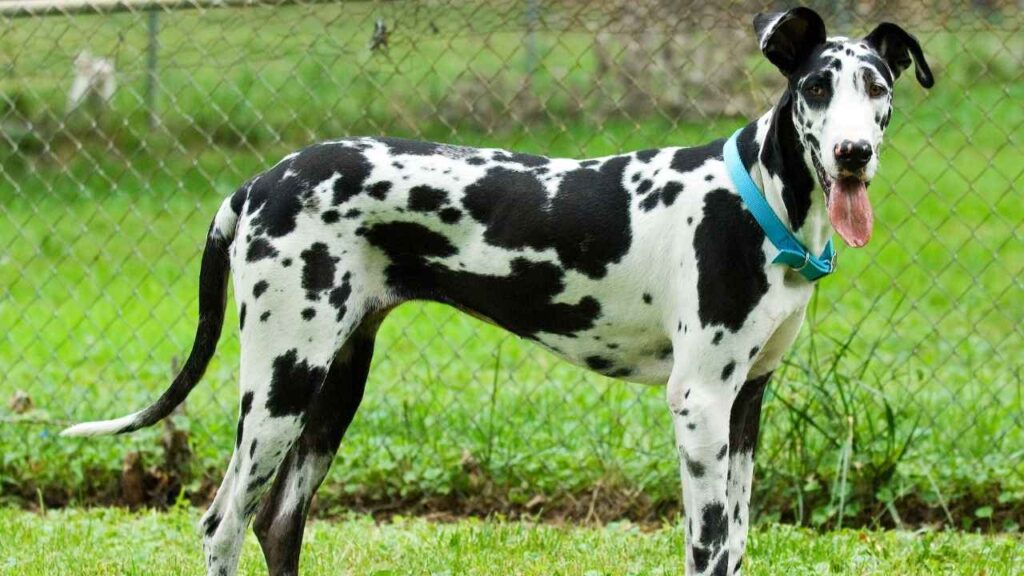
The Great Dane is basically a horse in a dog costume. It’s all fun and games until one sits on you thinking they’re a small dog breed.
Britannica claims that despite the towering size, these pups are famously gentle and great with humans and other dogs alike. If there were awards for affectionate goofballs, they’d sweep.
Unfortunately, like many certain breeds in the large breeds category, their life expectancy is heartbreakingly short. Blame the size, not the spirit.
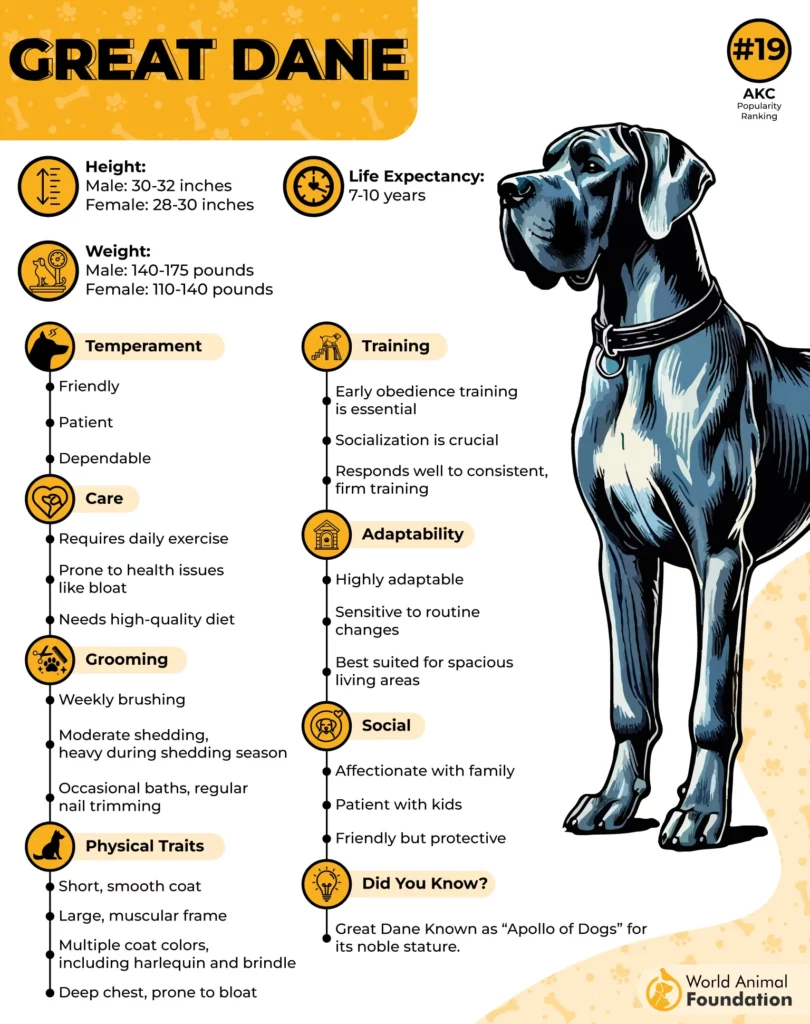
Great Danes do best with moderate activity levels—walks, play, and soft encouragement (read: bribes) to get moving. Lazy? Absolutely. But that doesn’t mean they don’t need movement.
Diet is everything. A balanced diet with large-breed-specific dog food helps prevent gastric torsion and weight gain, which can worsen their health problems.
They’re vulnerable to hip dysplasia, heart disease, and bloat, so regular veterinary checkups are non-negotiable. Be prepared emotionally and financially—these big sweethearts aren’t cheap.
Still, every hug from this oversized lapdog is worth it. Just don’t expect your furniture to survive.
4. Bernese Mountain Dog – ~6 to 8 years
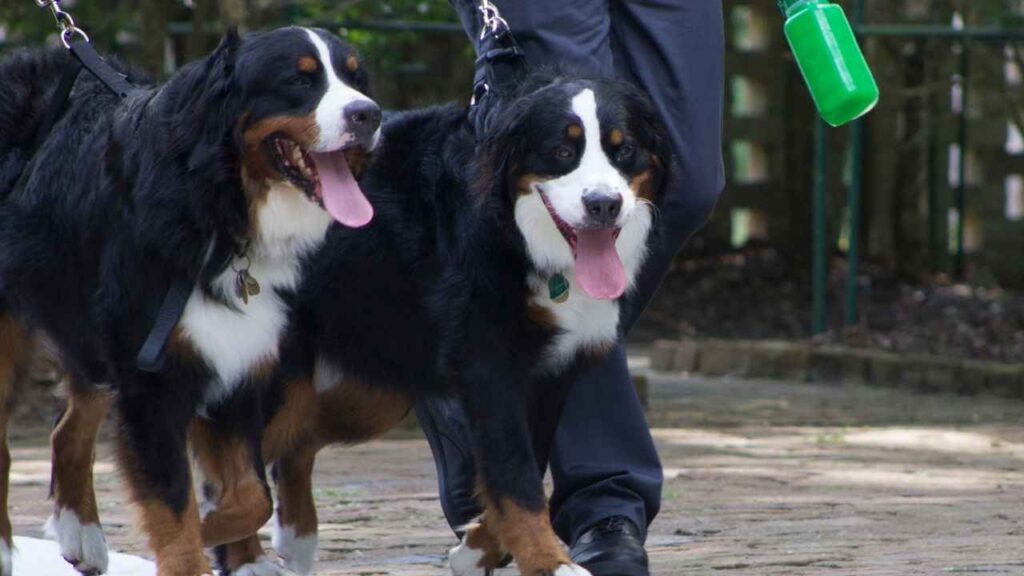
Fluffy, cheerful, and straight out of a snow globe, the Bernese Mountain Dog is b teddy bear with a heartbeat. But sadly, their time with us is as short as it is sweet.
PetMD mentions that Bred in Switzerland for farm work, they’re strong, loyal, and happy to help with anything—except living long. That’s one job they just can’t stick with.

These dogs are prone to various health problems, including cancer, hip dysplasia, and joint problems. They’re the definition of “here for a good time, not a long time.”
To help them live longer, give them high-quality dog food, daily exercise, and a clean space to rest those fluffy limbs. Also: snuggles. Lots of snuggles.
Their thick coat needs regular brushing to avoid furpocalypse. Shedding? Oh yes. But worth it? Absolutely.
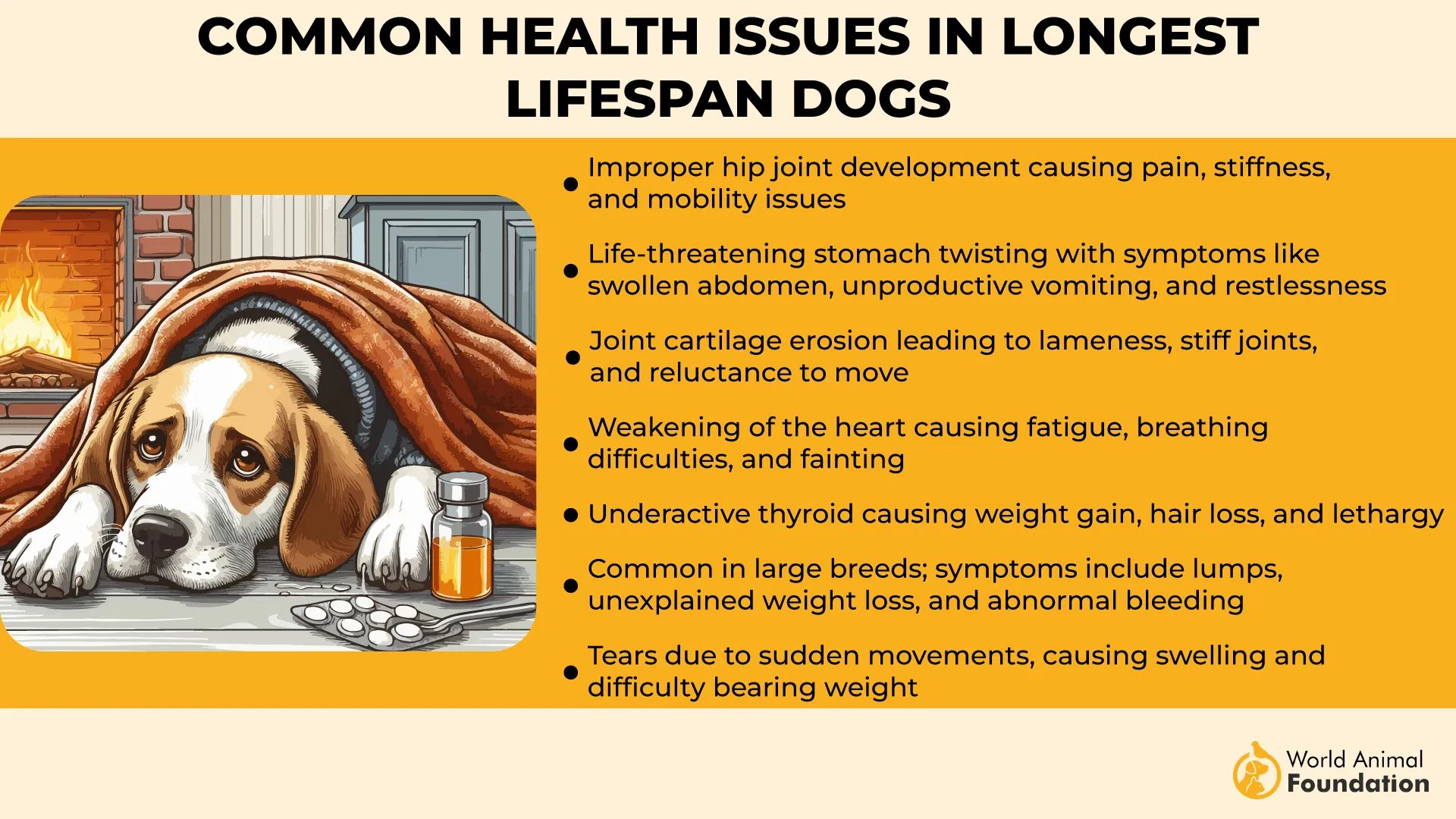
They’re wonderful for prospective dog owners who want love, fluff, and companionship—even if it’s not forever. Because when a Berner loves you, it’s deep, slobbery, and unforgettable.
5. Neapolitan Mastiff – ~7 to 9 years
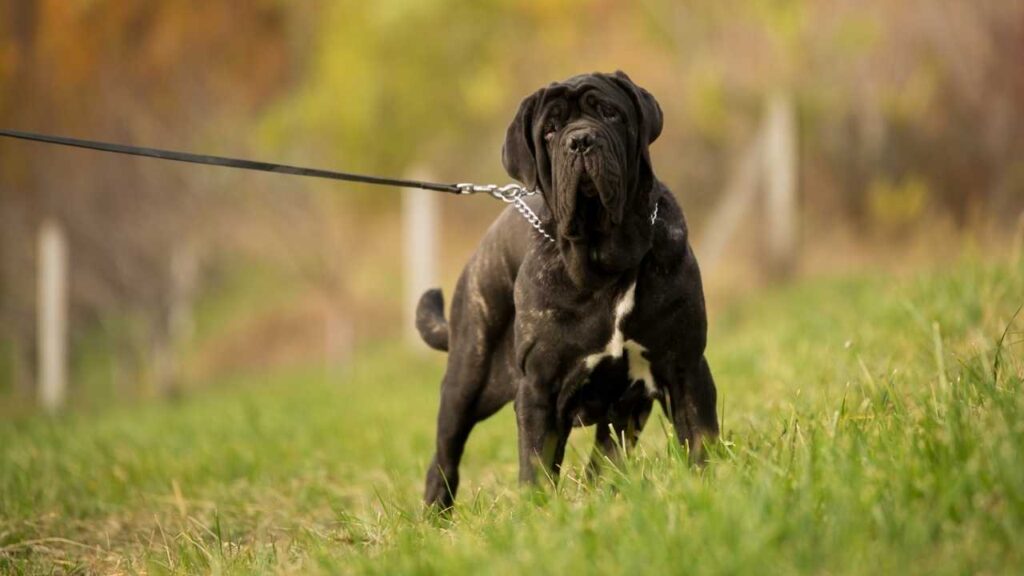
Ever seen a walking pile of wrinkles that looks like it’s carrying centuries of wisdom (and snacks) in its jowls? That’s the Neapolitan Mastiff—a droopy-faced beast with a surprisingly tender soul.
Originally bred as guard dogs in Italy, they’re all about protecting their people… from burglars, mailmen, or suspicious garden gnomes. But this big dog is more of a snuggler than a fighter.
They’re low-energy and high-drama. Short walks, a cozy spot, and maybe a fan to combat the eternal drool—ideal conditions for a happy Mastino.

Like many large breeds, they face common health concerns like hip dysplasia, joint problems, and heart disease. Investing in regular veterinary checkups isn’t optional—it’s essential.
Feeding them a balanced diet tailored to joint support and slow growth can help stretch their average lifespan. And yes, cleaning up after mealtime is part of the lifestyle.
They’re not for everyone—but if you’re into the whole “ancient Roman statue meets sleepy cuddlebug” vibe, this is your dog. They’ll leave a mastiff-sized dent in your heart… and your couch.
6. Leonberger – ~7 to 9 years
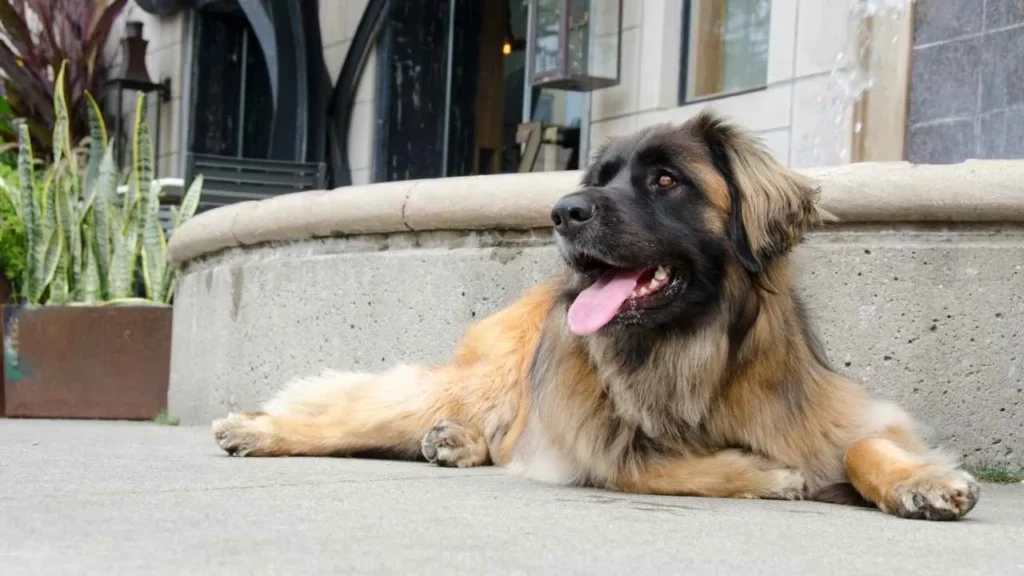
Imagine a lion, a marshmallow, and a therapy dog had a baby—that’s the Leonberger. With a mane like royalty and the soul of a teddy bear, they’re beautiful, brawn, and pure love.
Originally bred to mimic lions in 19th-century Germany, they were meant to impress. Spoiler: they still do. Just be ready for strangers to stop and stare… and drool (the dog and the strangers).
Purina reports that these gentle giants are surprisingly graceful swimmers and love being part of the family. They’re playful with kids, cool with other dogs, and big on emotional support duties.
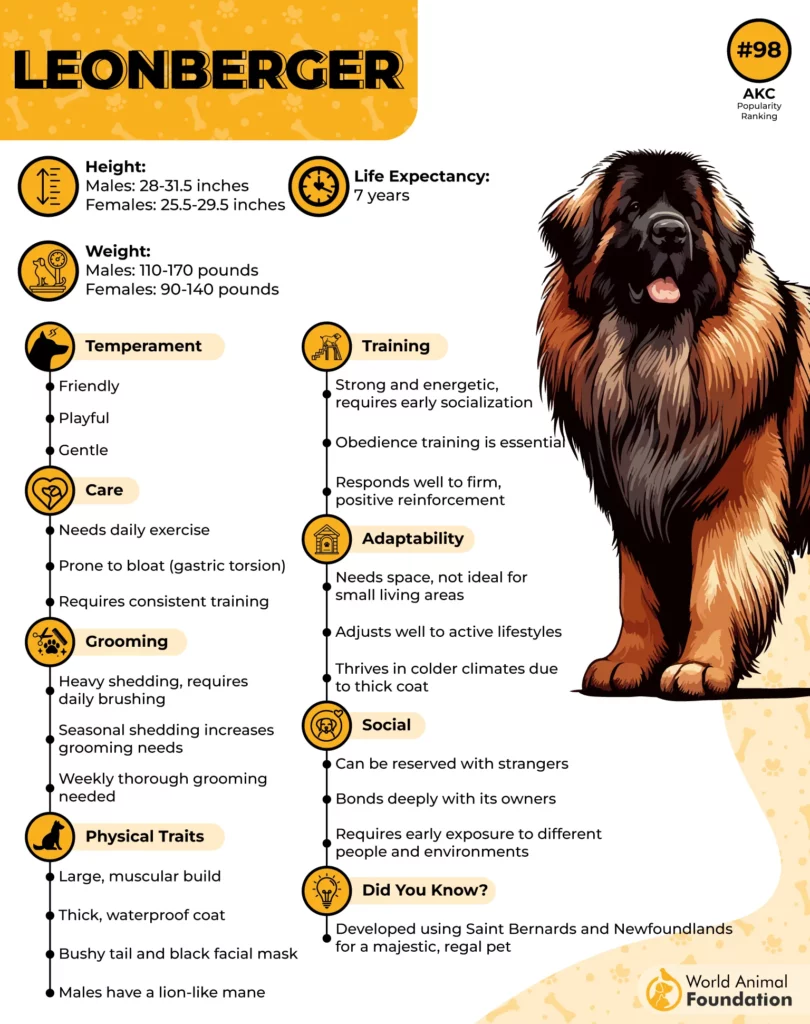
They need daily exercise and mental stimulation to avoid becoming bored—and bored Leonbergers tend to redecorate with their teeth.
Their health issues range from canine hip dysplasia to bone cancer, so proactive health care is key. Add in quality dog food, joint supplements, and an orthopedic dog bed, and you’re golden.
Maintenance? Think brushes, towels, and patience. But it’s worth every floof-filled minute.
They’re majestic, messy, and melt-your-heart sweet—just don’t expect them to stick around long. Unfortunately, greatness fades fast.
7. Saint Bernard – ~8 to 10 years

If hugs were a breed, they’d be Saint Bernard. Giant, slobbery, and comically charming, they look like cartoon dogs… and act like it, too.
Once rescue heroes in the Swiss Alps, today they mostly rescue dropped snacks and nap in dramatic poses. But their instincts? Still solid. They know when you’re sad—and sit on you accordingly.
Despite being one of the larger dogs, they’re surprisingly gentle and patient. Great with humans, cats, toy poodles, you name it—they’re the chill friends everyone needs.

To live longer, they need a mix of moderate exercise, a balanced diet (large-breed specific dog food, please), and close monitoring for health problems like hip dysplasia, gastric torsion, and heart disease.
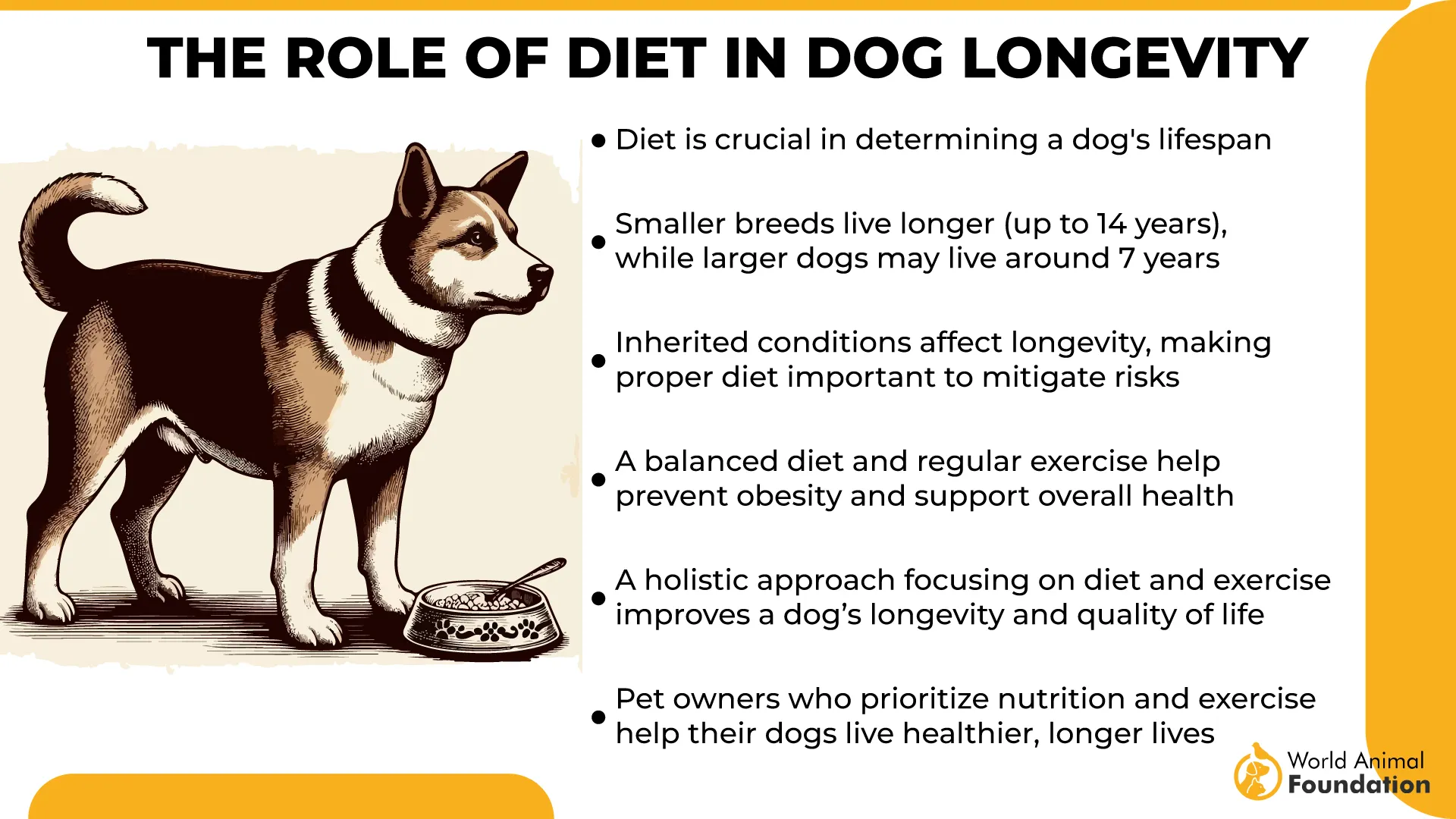
Brushing is a must unless you enjoy the look of fur-coated furniture. Drool? Let’s just say you’ll want towels. Lots of towels.
They may not be here forever, but the love they bring is legendary. And their goodbye? Guaranteed to wreck you.
Conclusion
Losing a furry friend too soon is the price we pay for loving these larger-than-life pups. Their time may be short, but their impact? Monumental.
From drooly giants to gentle snow bears, these individual dogs prove that love isn’t measured in age—it’s measured in tail wags, head tilts, and fur-covered everything.
Of course, dog lives vary. Mixed-breed dogs, border collies, and even tiny charmers like Chihuahuas or Yorkshire terriers often enjoy longer lifespans. But if your dog enjoys cuddles more than cardio, you already know it’s quality over quantity.
Don’t forget our honorable mentions: the Greater Swiss Mountain Dog, Scottish Deerhound, English Bulldog, and even the beloved Pug—adorable, snorty, and full of love despite their potential health issues like breathing problems.
According to the Kennel Club and ongoing research, proper care, a healthy diet, and regular veterinary checkups contribute to how long our pups stick around (and how little pain they’re in).
So whether your heart leans big or small, celebrate every moment. And hey—maybe buy extra toys while you’re at it. You never know when a dog’s love will leave a permanent paw print.


